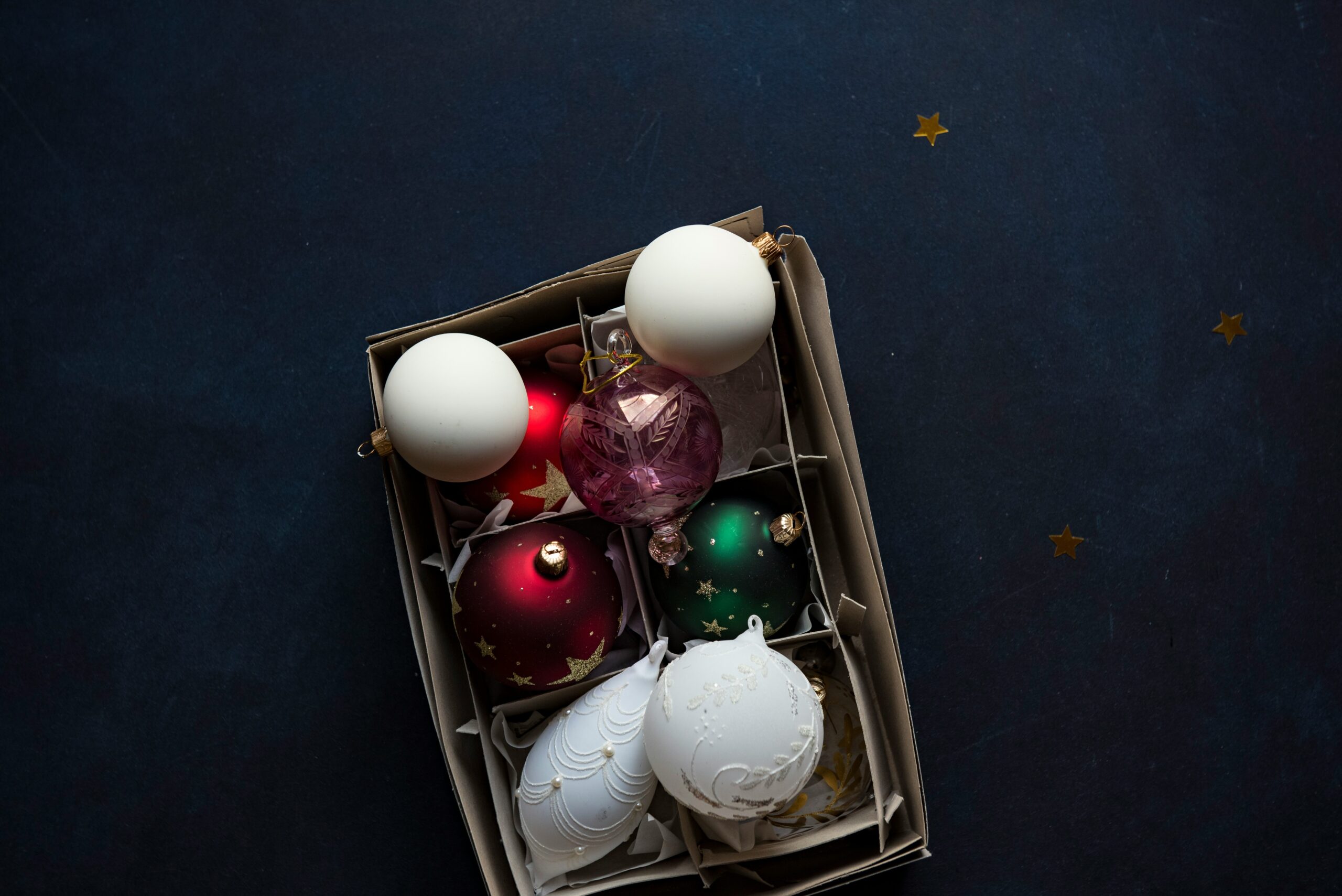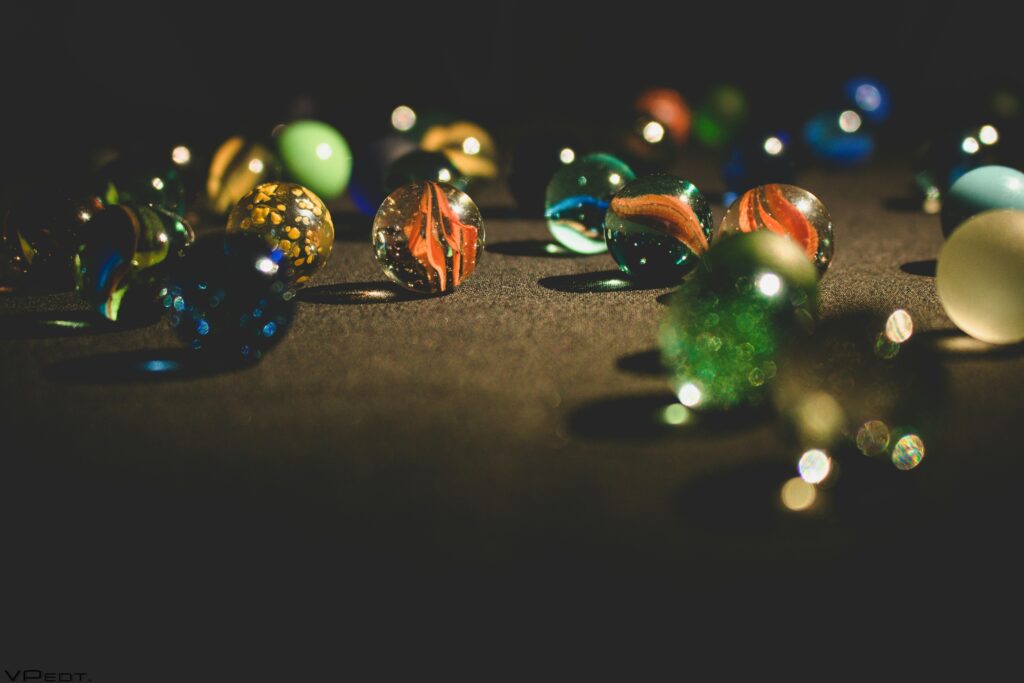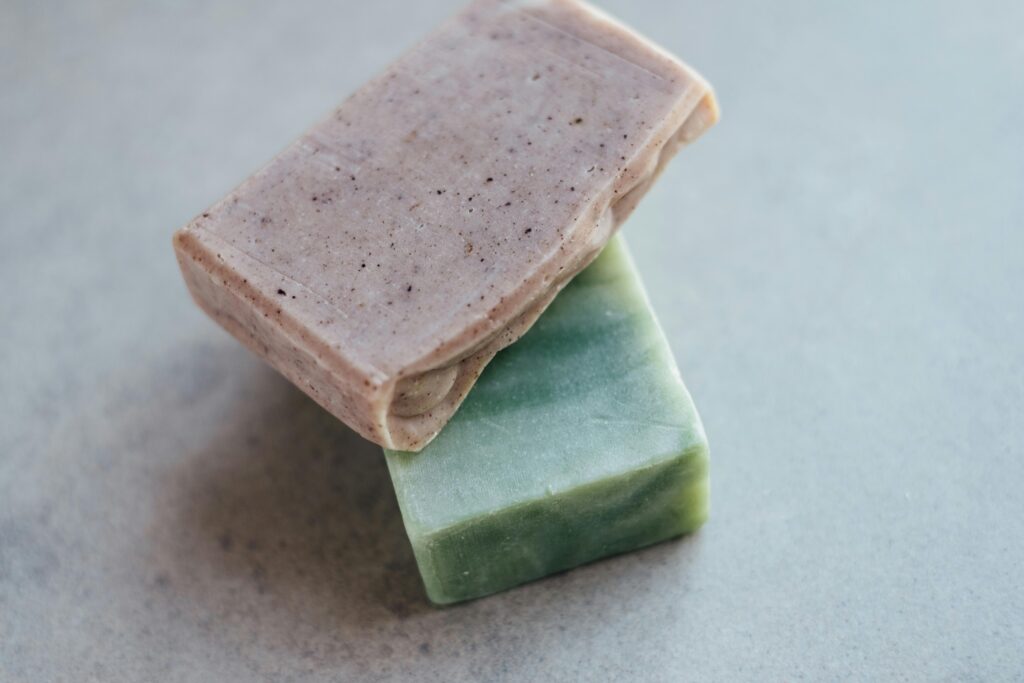Ever noticed how your dog goes wild over that shiny glass chew toy but leaves it slobber-covered and grime-laden within minutes? Yeah, cleaning frequency for glass pet toys isn’t exactly a glamorous topic—but neglecting it can lead to more than just yucky playtime. From bacteria buildup to cracked surfaces, improper care might sabotage both fun and health. So, let’s dive into everything you need to know about keeping those glass toys sparkling clean!
In this guide, we’ll unpack why cleaning your pet’s glass toys matters, the step-by-step process for proper maintenance, pro tips on extending their lifespan, real-world examples of good habits gone bad, and answers to all your burning questions. Ready to scrub smarter (and not harder)? Let’s get started.
Table of Contents
- Key Takeaways
- Why Cleaning Frequency Matters for Glass Pet Toys
- Step-by-Step Guide to Cleaning Your Pet’s Glass Toys
- Top Tips & Best Practices for Maintenance
- Real-Life Examples: Lessons Learned the Hard Way
- FAQs About Cleaning Glass Pet Toys
Key Takeaways
- Cleaning glass pet toys regularly prevents harmful bacteria buildup.
- Daily spot-cleaning keeps them hygienic between deep cleans.
- Glass toys require special handling—avoid abrasive materials like steel wool.
- A simple routine saves time and lengthens the life of these durable accessories.
Why Cleaning Frequency Matters for Glass Pet Toys
Imagine biting into a soggy pizza slice covered in last night’s leftovers—that’s essentially what your pup does if their favorite glass toy isn’t cleaned regularly. Gross, right?
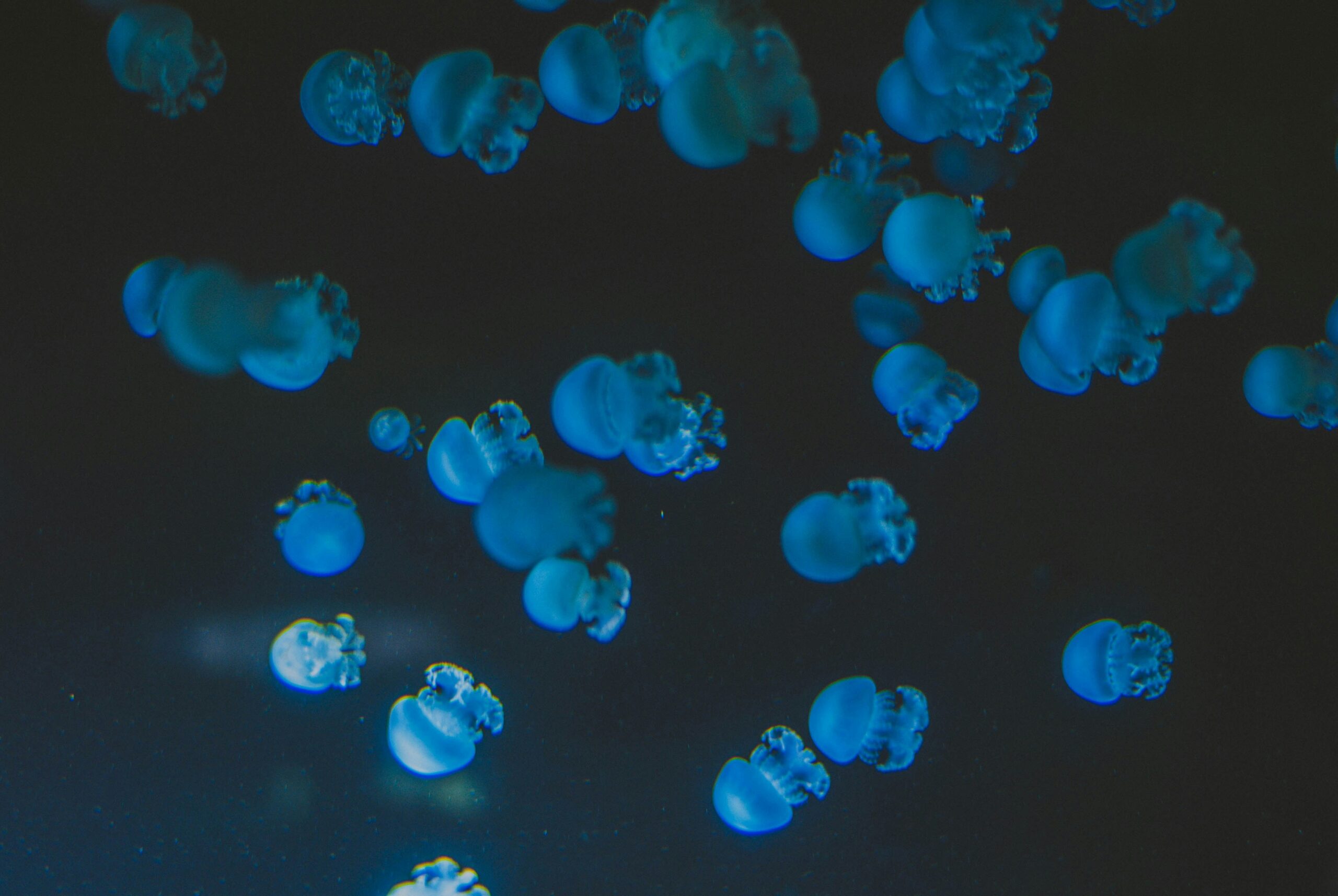
“Optimist You:” *’Hey, at least my dog loves its toys!’*
“Grumpy Me:” *’But do they love playing with germs?’*
Here’s the deal: Glass toys are awesome—they’re tough, non-toxic, and eco-friendly—but saliva and dirt create a breeding ground for nasty microbes. That “innocent” slobber fest could turn into a mouthful of pathogens unless you take action. Once, I left a glass ball lying around unwashed for weeks—it looked fine until mold formed inside tiny crevices. Lesson learned the hard way.
Step-by-Step Guide to Cleaning Your Pet’s Glass Toys
Okay, confession time—I used to think rinsing was enough. Spoiler alert: It’s NOT. Here’s how to truly tackle those glass treasures:
1. Gather Supplies
- Mild dish soap (no harsh chemicals)
- Warm water
- Soft sponge or cloth
- Vinegar solution (optional disinfectant)
2. Daily Spot-Clean
This is where quick wins happen. After each session of fetch or chewing, wipe down the surface with a damp cloth. Easy peasy.
3. Weekly Deep Clean
- Fill a bowl with warm water and add a drop of dish soap.
- Submerge the toy and gently scrub using your soft sponge.
- Rinse thoroughly under running water.
- Sanitize by soaking in a vinegar-water mix (equal parts).
- Air dry completely before returning to play.
Top Tips & Best Practices for Maintenance
1. Stay Consistent
Daily attention beats occasional overhauls every time. Think about brushing teeth—same vibe here.
2. Avoid Abrasive Tools
No scouring pads or steel wool! These will scratch the glass surface, creating nooks for gunk to hide.
3. Store Properly
Keep glass toys away from falling hazards. One shattered piece equals one very unhappy pet parent (*chefs kiss*).
Pro Tip:
If you’ve got sensitive pets prone to allergies, switch up the sanitizer game—try hydrogen peroxide instead of vinegar.
Bad Idea Disclaimer:
I once tried microwaving a glass toy to kill germs. Terrible decision. Not only did it crack due to uneven heating, but I also scared the heck out of my neighbors when it made a popcorn-like popping noise.
Real-Life Examples: Lessons Learned the Hard Way
Meet Susan, whose chic glass chew rings became a bacterial nightmare after ignoring monthly washes. Her pup developed mild diarrhea—doc said probable cause? Those forgotten toys. Another case involves Mark, who accidentally broke three expensive glass balls because he stored them loosely rattling in drawers rather than safely padded boxes. Ouch.
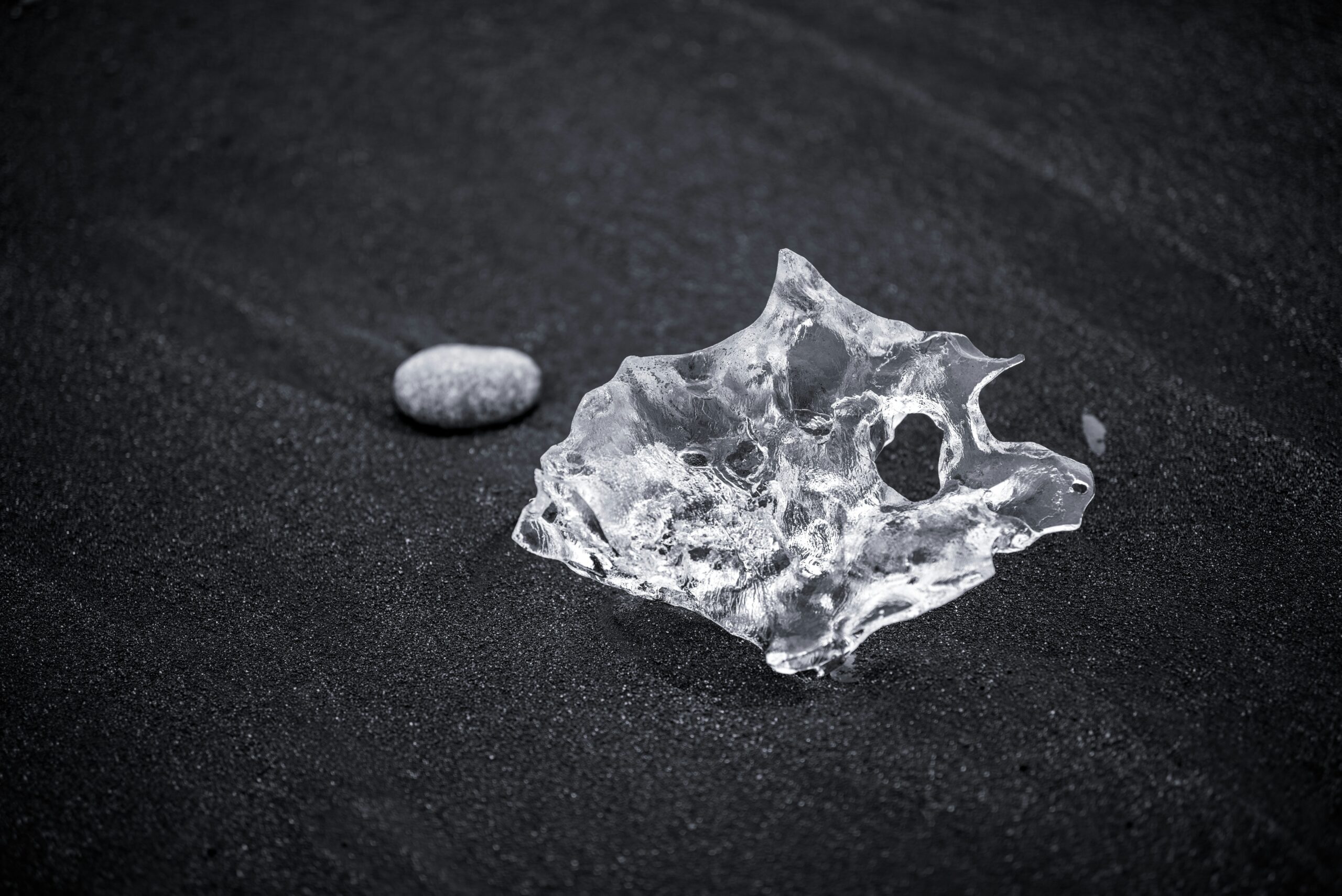
FAQs About Cleaning Glass Pet Toys
Q: Can I put glass toys in the dishwasher?
A: No. While tempting, cycles generate high heat that may compromise glass integrity. Hand-wash always wins.
Q: What happens if I skip weekly cleans?
A: Buildup welcomes unwanted guests—think mold, bacteria, and funky smells. Yuck.
Q: Are there any shortcuts?
A: Honestly? None worth risking safety. Stick with daily wipes + weekly washes combo.
Conclusion
Cleaning glass pet toys doesn’t have to be daunting. With consistency, the right tools, and some elbow grease, you’re protecting both Fido and Fluffy from invisible nasties while ensuring their favorite baubles stay as sparkly as day one.
And remember, caring for your pet’s gear is kinda like feeding a Tamagotchi from the ’90s—all about daily TLC. Now go forth and make cleanliness chef’s kiss levels of awesome.
